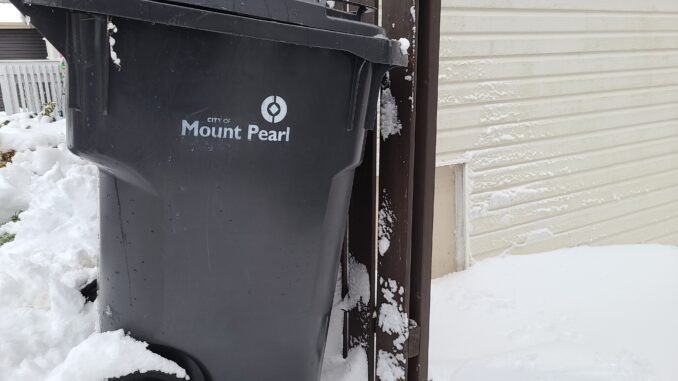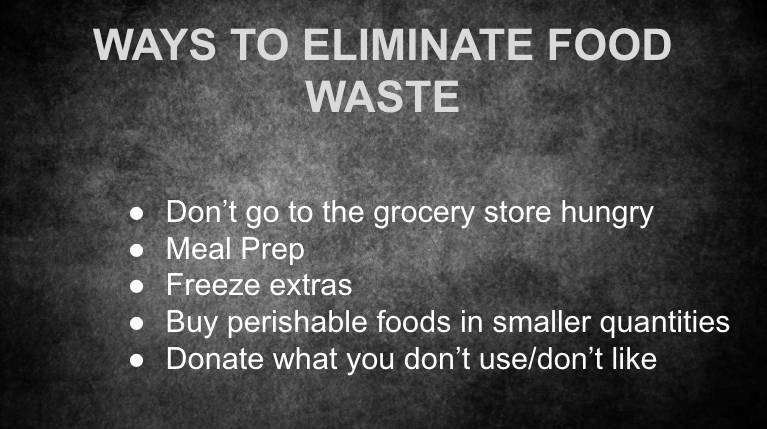
ST. JOHN’S, NL – Food waste, it’s not something that many are talking about at the local bar, in the intermission of the Leafs game, or at the dinner table, to be quite Frank. In fact, you can almost call it the silent 800. That 800 figure is in dollars, as each year, the average Canadian losses over $830 in wasted food. That same math equates to nearly $31 Billion. While that number may seem true and is, the Canadian household doesn’t throw away three-quarters of what’s in the bin before it gets to their table.
Uncovering the Blame Game
But there isn’t complete blame on Canadians. In fact, as reported by the Globe and Mail, over 80% of this doesn’t come entirely to the Canadian household. 34% of that comes from processing, and an additional 24% lies within Canadian food production. These figures are different from previous thought, where the burden was on households before the study.
Now the ball is thrown to the question, “Why and How is all this food being wasted?” There isn’t any good answer. Bad crops, overproduction, bad weather, infertile soil and human error are all good reasons why this happens. The data on those variables weren’t always available and merely chalked up to household Canadian waste.
The COVID-19 Crops
In the wake of the COVID-19 pandemic, it found thousands of Gallons of milk being tossed into the fields in many portions of the United States and Canada. School lunchrooms closed, and restaurants had their foot traffic nosedive, and it turned out to be cheaper to throw it into the fields than processing the milk they couldn’t sell. After a New York Times article, all this comes to light found that millions of pounds of foods were destroyed.
The Dairy Farmers of America found that nearly 750,000 eggs were destroyed a week, and Millions of Litres of milk.
“It isn’t like restaurant demand has disappeared forever,” said Matt Gould, a dairy industry analyst to the New York Times. “Even if it were possible to re-format to make it an 8-ounce package rather than a 20-pound bag, the dollars and cents may not pan out.”
Here Fishy, Fishy
While COVID-19 previously killed millions of pounds of potential food on the table, a 2005 study by the Food and Agriculture Organization of the United Nations found that there were Millions and Millions just off the waters. It found that Tropical shrimp trawl fisheries have the highest discard rate, letting up over 25% of their catch. Shrimp and other demersal fish make up over 50% of fish waste.
As a total of the sea, nearly 78.3 million tons are wasted each year. Other studies find that 40-60 of the fish produced is wasted before getting to a plate. This number is on target for the average all-together food wasted, with 58% lost on average.

A 2011 study found that north of 37 billion pounds of fruits and vegetables are wasted each year in the US, costing the economy close to $42 billion at the retail and consumer level. Additionally, the US Environmental Protection Agency (EPA) reported that it costs nearly $1.3 Billion to landfill the food. It also noted that only 3% of the food is recycled each year.
The EPA found that only 27% of the over 320 Billion lost is available for human consumption. This equates to just over 90 billion pounds. But this doesn’t necessarily mean that consumers are at fault and Canadian households don’t need to do their part. Canadians still produce 14% of waste from the plate to the trash, toppling over hotels, restaurants, and institutions combined.





Be the first to comment